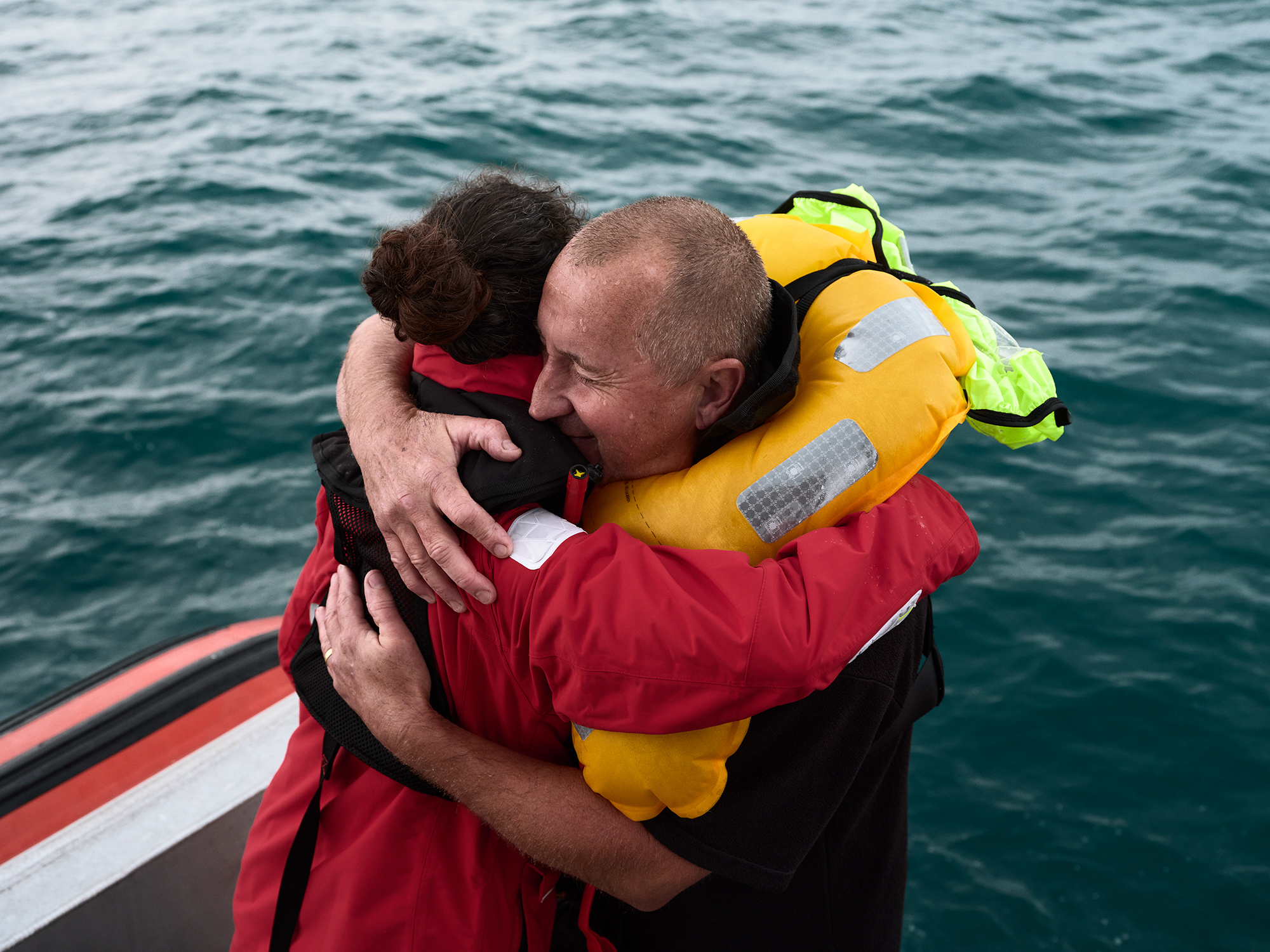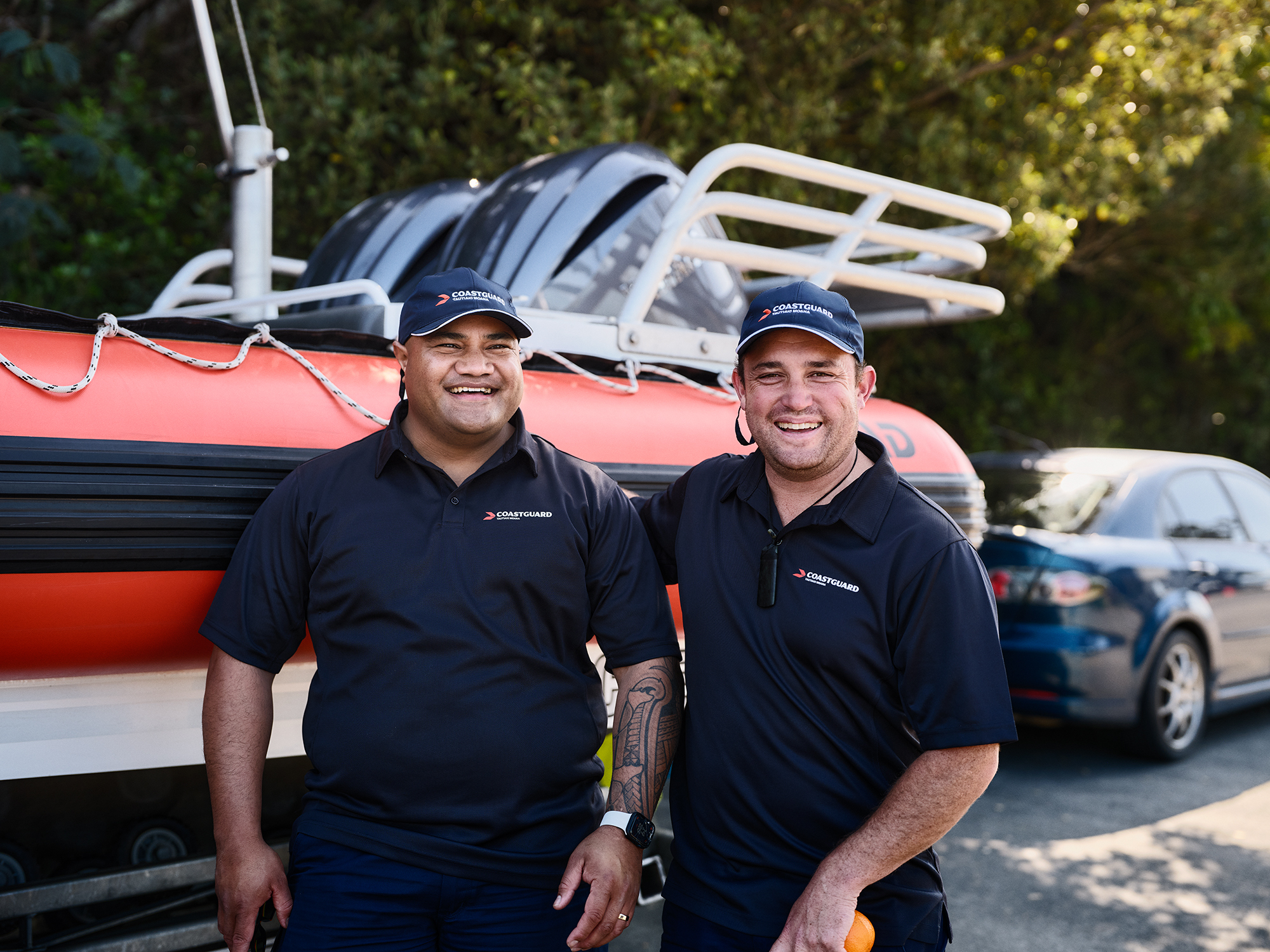-
Take a refresher course
It’s easy to get a little rusty, so if you haven’t dived for a while get yourself on a refresher course. Re-familiarise yourself with your gear and check your techniques with an instructor.
-
Always dive with a mate
Diving with a buddy is essential for safe diving. Not least for sharing the experience, you can do the pre-dive checks together and, if you get into difficulty, you can assist each other. If your mates aren’t into diving, become member of your local dive club.
-
Look after your gear
Always undertake an annual service of your dive gear, including getting the regulator, BCD and cylinder valves checked out by a qualified technician. Don’t skimp on replacement parts if they’re even remotely needed.
-
Always monitor your air supply
It’s easy to get caught up in the adventure of the dive, but checking your supply and maintaining a reserve will help avoid an emergency.
-
Ascend slowly from every dive
Come up slowly and perform your safety checks to avoid decompression sickness (the bends) and barotrauma injuries. Making a safety stop is good practice and a good time to look up and check for approaching boats.
-
Plan your dive, and dive your plan
Planning for depth, duration and goals is vital to arriving back at the surface safe and sound. Once you’ve got a dive plan, it’s ideal to stick to it – with agreed bail-out or separation contingencies.
In an emergency
Remember the Diver Emergency Services number – it’s a 24/7 hotline for advice and treatment of all diving related incidents, including the emergency management of decompression illness.
0800 4 DES 111 (0800 4 337 111)
On VHF Radio, you can contact Coastguard on VHF Channel 16 or by cellphone on *500.
For other emergency services, phone 111.
Safety first
Hoist your dive flag
If you’re diving, it’s not only a legal requirement that a diver’s flag is displayed, but it’s for your safety. If there are people in the water – whether they’re divers, spearers, snorkelers or open water swimmers – the blue and white Alpha/Alfa flag pictured must be displayed on the vessel they're with. Free divers and spearfishers without a vessel don't legally have to, but many tow 'A' flags or the international red and white 'diver down' flag on floats.
Dive flags need to be at least 600mm x 600mm, and must be able to be easily identified from at least 200 metres away.
It’s also a good idea to have someone responsible on board your vessel who can look after divers while they’re underwater.
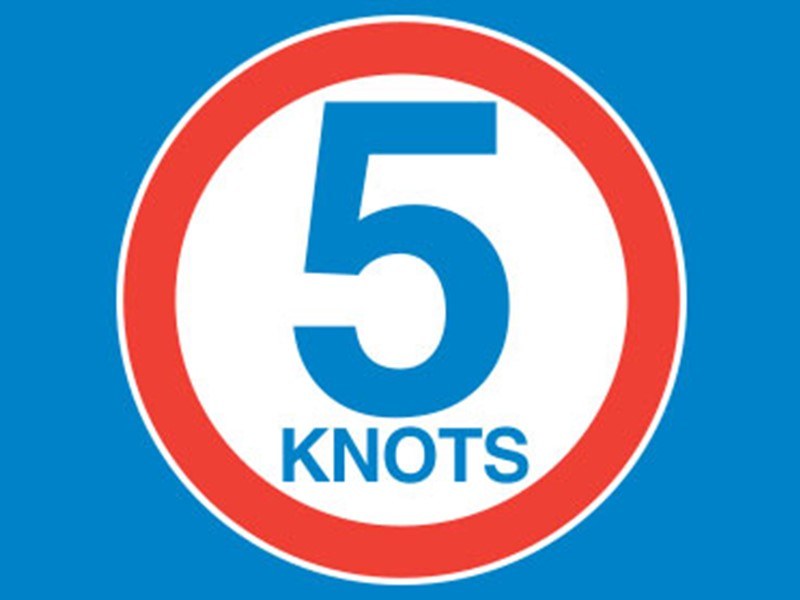
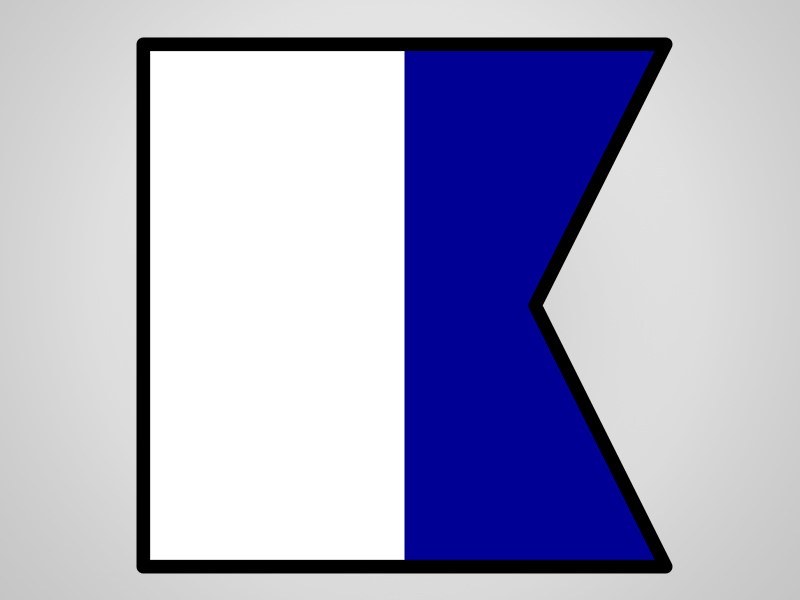
Have a good time on and under the water
If you see the blue and white diver's flag when you're out on the water, as a skipper it's your responsibility to ensure you're avoiding the person under the water - they'll always come off worse than you in a collision and there have been serious accidents and fines for not obeying the law.
Under New Zealand law, divers must display the blue and white letter ‘A’ or Alfa/Alpha Flag on their dive vessel. If they're free diving or spearfishing they don't legally have to, but many tow 'A' flags or fly them on floats all the same.
Be on the lookout for divers – if you see a boat showing the dive flag, you MUST slow down to less than 5 knots within 200-metres radius of it. Maintain a watch for people in the water, in case they’ve accidentally drifted.
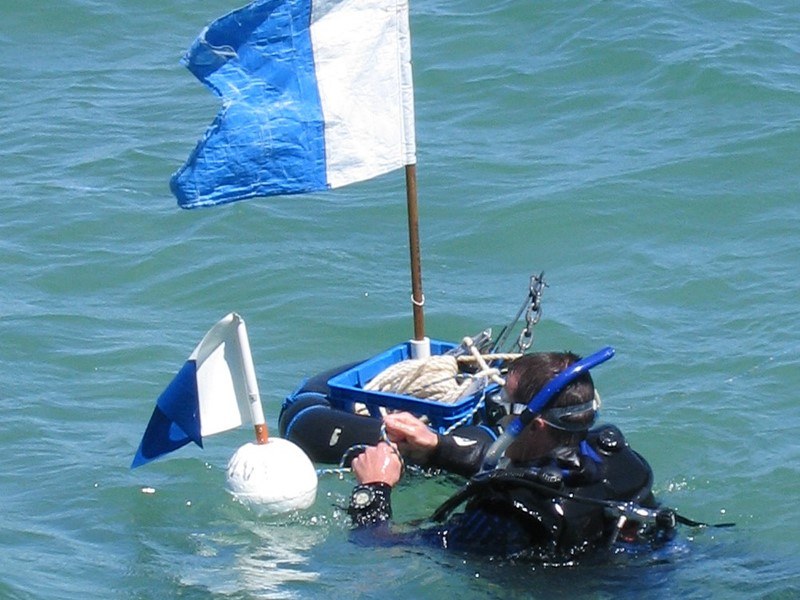
Dive flag
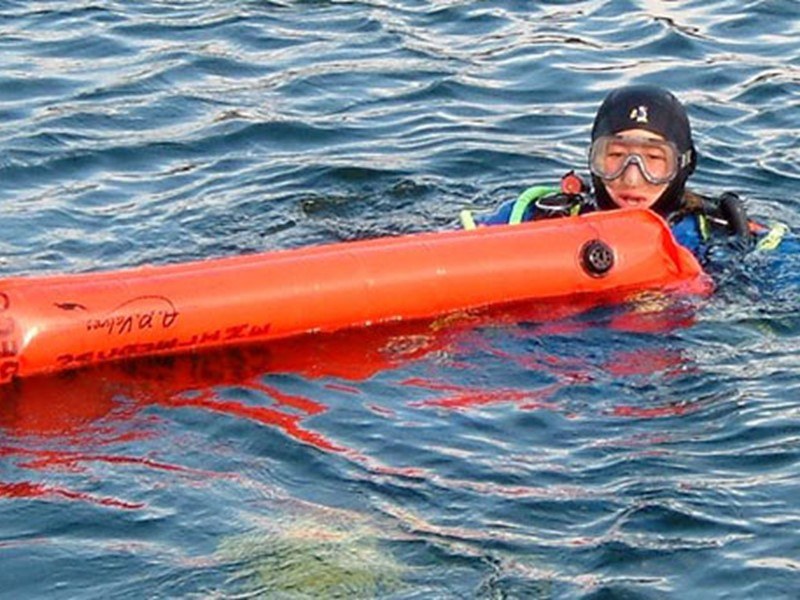
Safety sausage
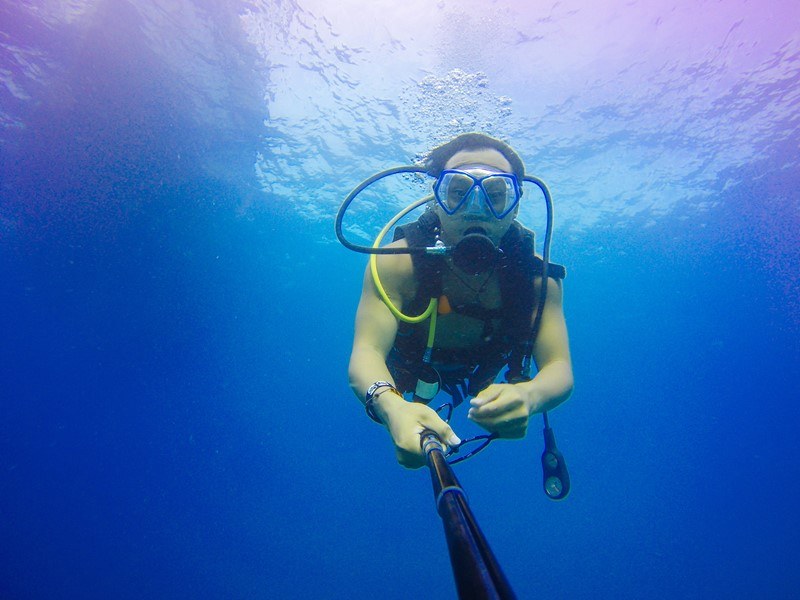
Deep ocean equipment and goggles
Looking after your diving mates
If you're heading out with mates who are going diving and you're staying on the boat, you play a key role in ensuring that they stay safe. Before your mates start diving, establish and agree on a plan before they even leave the boat - knowing things like direction, depths, currents and estimated dive time all help if something goes wrong and you need to get in touch with Coastguard.
-
Use a stopwatch to time your divers
The boatperson should note the time or start a stopwatch when the dive commences.
-
Make a plan for when things go wrong
The boatperson should have a plan of what they are going to do and what communication tools they are going to use if they can’t locate the diver(s) after a prescribed time. Remember the sooner a search is started the better likelihood of a good result and a response can easily be cancelled if the divers show up before help arrives.
-
Use a float
A float is a good idea especially for scallop diving. Scallop beds can be quite busy with other boats involved with diving and dredging. A float will help boaties see your divers and give them some room. Plus, with a float tied to the catch bag the catch can be left on the bottom at the end of the dive, allowing divers to easily return to the boat and retrieve the catch once they’re on board.
-
Equip divers with a safety sausage
Following bubbles from the surface can be surprisingly difficult and with any sort of chop the boatperson will struggle to know where the divers are once an eye is diverted even for a second or two. To help the boat person locate the divers, they should be carrying a “safety sausage” inflatable marker. These aren’t expensive, and when used, make divers far more visible on the surface. Marks and/or a GPS location should be noted for the location where the divers enter the water as well.
-
Hoist your dive flag
The Boatman should ensure a dive flag is flying from somewhere prominent. It's a legal requirement that it's displayed and clearly visible, even when there's no wind. You can get the right sized flags (minimum 600mm x 600mm) from marine retailers such as Marine Deals.
-
Keep an air horn handy
An air horn or similar should be available to try and alert boats who don’t notice the flag and encroach within 200 metres at a speed greater than 5 knots.
-
Anchor with a buoy
If you’re anchoring and it’s practical, the anchor should be set up with a buoy. In the event of a diver having a problem, the boatperson can simply cast the anchor free and provide quick assistance.
Safety first with diving - but with a little care and the right preparation, it can be a great day out on the water for everyone.
